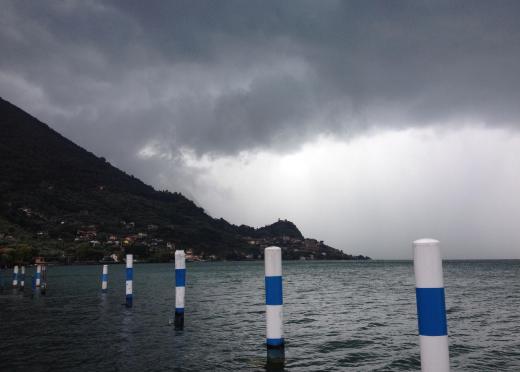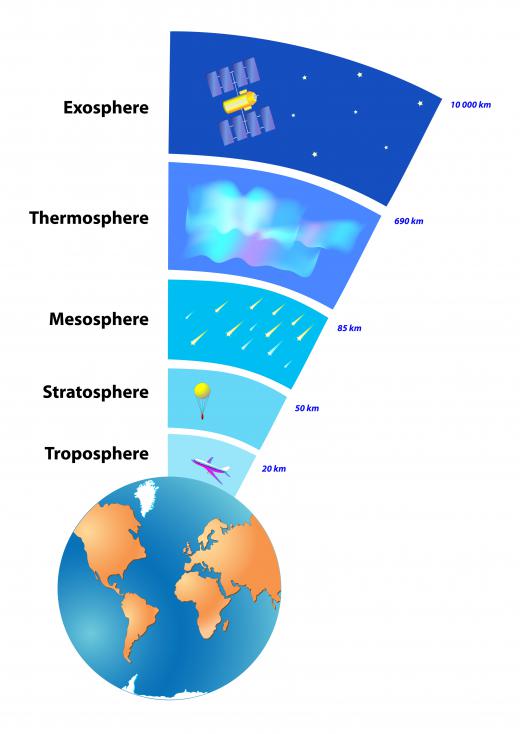What is the Tropopause?
The tropopause is a thin layer of the Earth's atmosphere that separates the lower troposphere and the higher stratosphere. At the poles, it is roughly 36,000 feet (1,100 meters) above sea level, and increases to 58,000 feet (1,700m) around the equator. The tropopause is notable as the ceiling beneath which most terrestrial weather occurs.
Five principal layers make up the Earth's atmosphere, and from lowest to highest are the troposphere, stratosphere, mesosphere, thermosphere, and exosphere. Between each layer is a boundary, named using the prefix of the lower layer and the suffix -pause. These layers and boundaries are defined mainly by properties relating to temperature, pressure, and density, and also a phenomenon known as the temperature lapse rate.

Temperature lapse rate is the rate at which temperature decreases as altitude increases. In the troposphere, the temperature decreases by an average of 3°F for every 1,000 feet in altitude (6.5°C per 1,000m). The tropopause marks the level beyond which this trend switches. Once into the stratosphere, the lapse rate inverts and temperature starts to increase with altitude.

Air travel is affected by the tropopause, as jet propulsion is more efficient in colder temperatures. The lapse rate of the troposphere provides a reliable basis for calculating fuel consumption, and pilots aim to fly just under the tropopause boundary to maximize performance. Most water vapor is held closer to the Earth, so there are few clouds near the tropopause and generally little turbulence as opposed to lower down in the troposphere. This is why it is almost always sunny when commercial airliners reach cruising altitude.
From the ground, the tropopause can sometimes be observed visually by storm clouds that flatten out into an anvil shape. This occurs as warm air from the storm pushes upwards until it reaches the top of the troposphere, where it is no longer less dense than the air around it. It then spreads outwards rather the upwards.
Though the tropopause functions as a fairly consistent ceiling for the troposphere, it is not impregnable. Tropical storms that make their way over land, for example, can sometimes break through into the stratosphere. When this happens, water vapor carried up by the storm clouds can freeze and be carried thousands of miles through the stratosphere by air currents. Some scientists theorize this phenomenon is a natural contributing factor to the greenhouse effect because water vapor that high up serves to trap heat near the Earth.
AS FEATURED ON:
AS FEATURED ON:












Discuss this Article
Post your comments